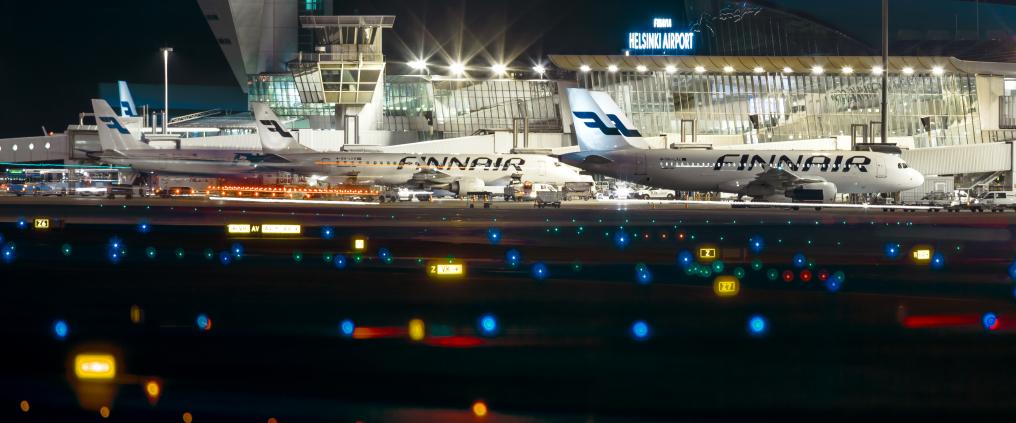There are over 40,000 airports in the world. However, all of them don’t serve the same purpose – at least for airlines. At most airports, airplanes only land and then continue their journey. But, some airports serve as bases for airlines.
The base means the home airport of an airline. Airplanes depart from there and usually return there for the night as well.
“It is like an airline’s home. In practice, this means that an airline has allocated a certain number of airplanes and crew there. It serves as a starting point for all the flights and usually the crew lives near that airport. Airplanes, as a rule, go back there for the night if the length of the flight makes it possible,” explains Heini Noronen-Juhola, Vice President, Finavia.
An airline can have one base or more
A national airline typically has its base at the airport of its home country’s capital or other major city. The number of bases vary: one airline might have only one base, whereas other airlines can have several all over the world.
Finnair has only one base, Helsinki Airport. As for Norwegian, it has several bases in Europe and South America. The bases for Lufthansa are located in Frankfurt and Munich. Every airline operates in its own way.
Airlines can also change their base airports.
“SAS had its base at Helsinki Airport for a long time, but that’s no longer the case. At the moment, flights on the Stockholm–Helsinki route only stop in Helsinki.”
How are base airports selected then? Noronen-Juhola says that bases can reveal a lot about how an airline works. The bases are chosen based on an airline’s own strategy. For example, the location of the bases may depend on creating as short flight routes as possible. On the other hand, it can be strategically important for an airline to have its base in a place where legislation is flexible concerning salaries or taxation.
“It is purely based on a company’s own logistics and how they want to construct their route network. It is also about labour legislation and where airplanes are registered to. It may also be wise to centralise airplane maintenance to a certain airport.”
Base companies bring more traffic to the airport
Serving as a base does not require any special measures from the airport, but the airlines who have their homes at certain airports may create more traffic there.
For passengers, the location of the bases is usually quite invisible though it can affect the accessibility of different airports. When flying with a certain airline, it is easy to get to its base airport – and an airport that serves as a base for many airlines is thus more easily accessible.
“Otherwise, the effect of the base airports barely shows to passengers. They only book the flight from point A to point B – they can’t know whether the airplane is going home or not. Where the particular plane is from probably doesn’t even cross your mind,” says Noronen-Juhola.
An example of this is Norwegian’s flight on the Helsinki–Malaga route. According to Noronen-Juhola, this route is operated by an airplane which is located in Malaga, and this means that Helsinki serves only as a stopover point for the plane. The location of the base can mainly be deduced from the nationality of the crew – the workers live in Malaga which is why there are many Spanish personnel working on that route.



